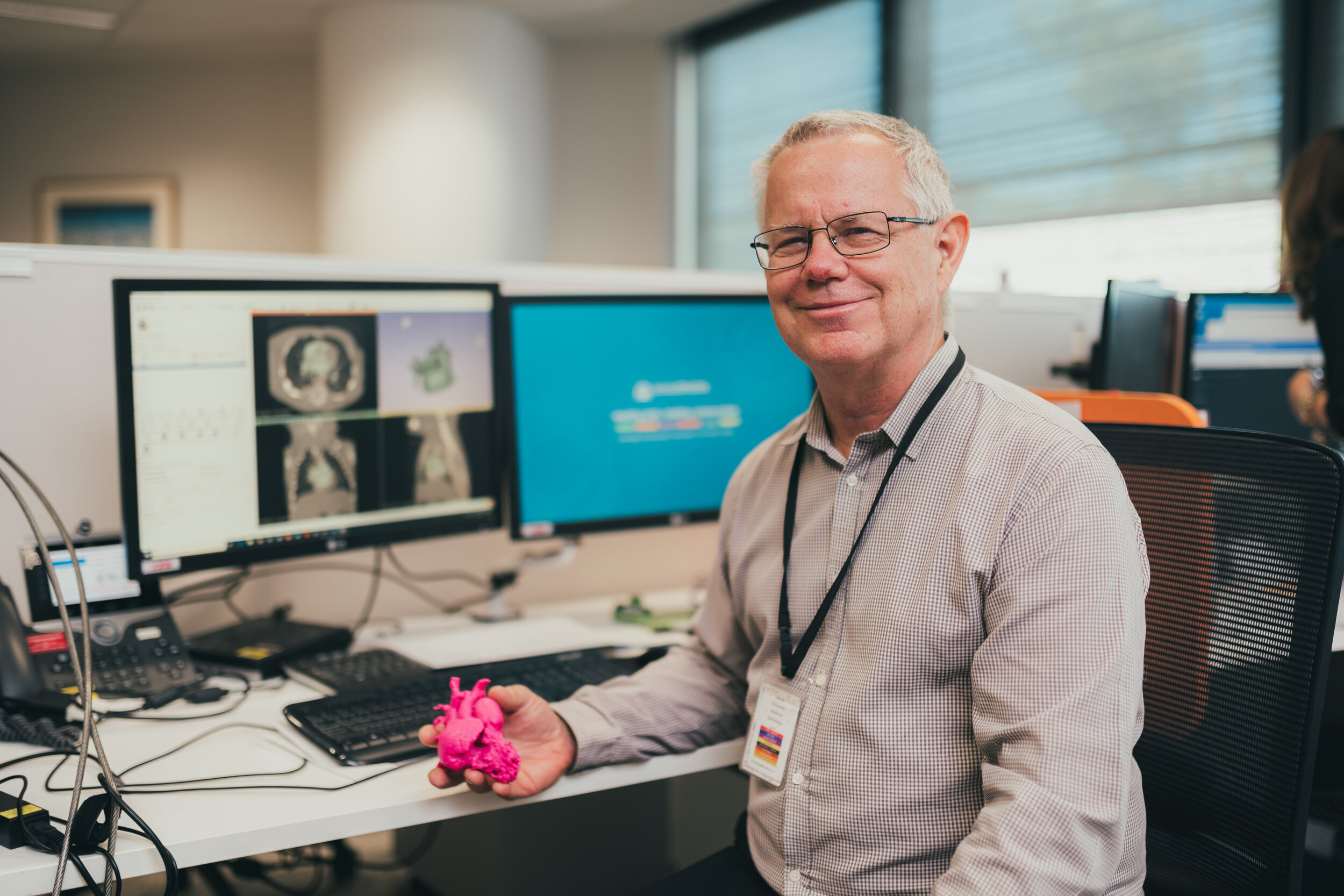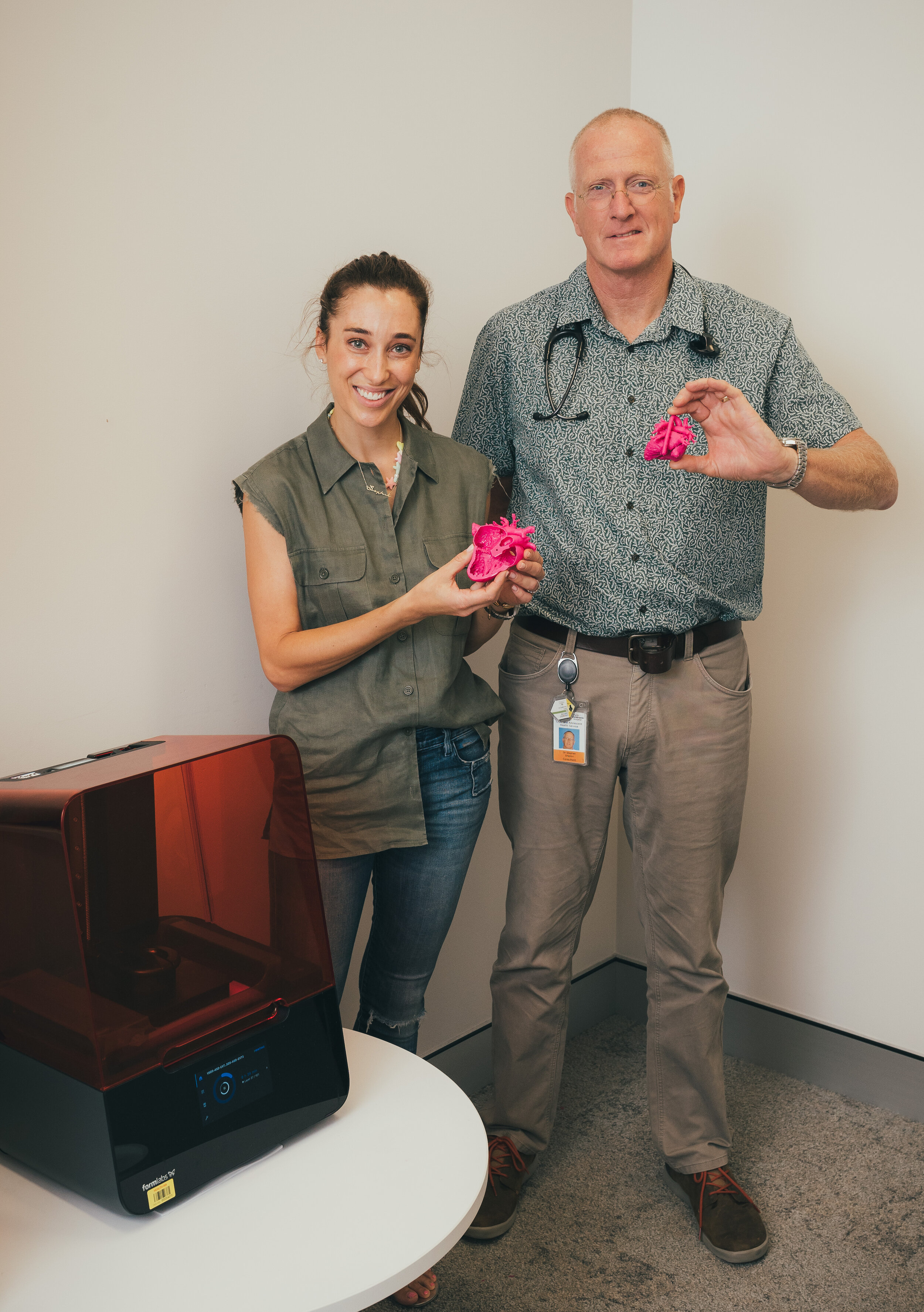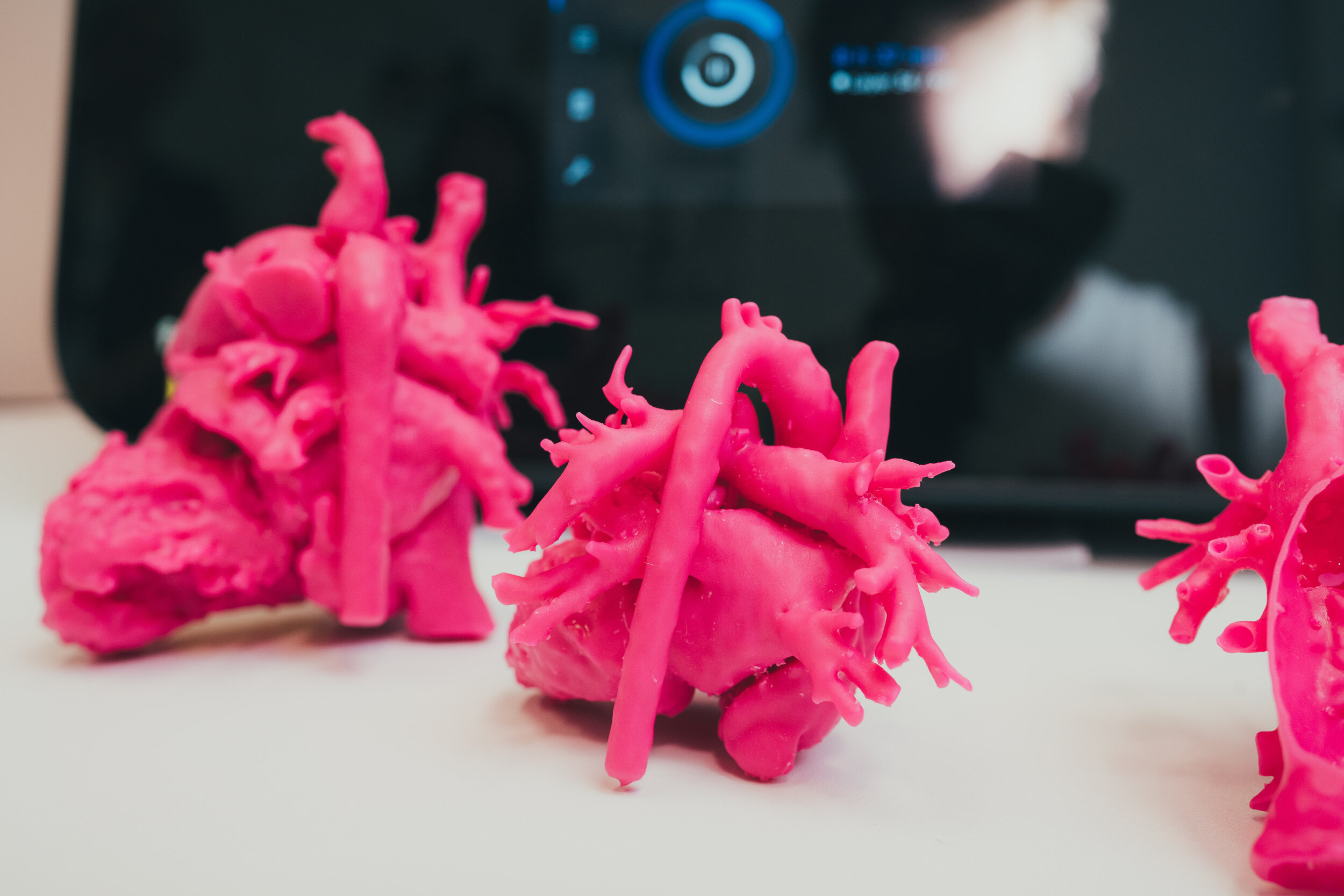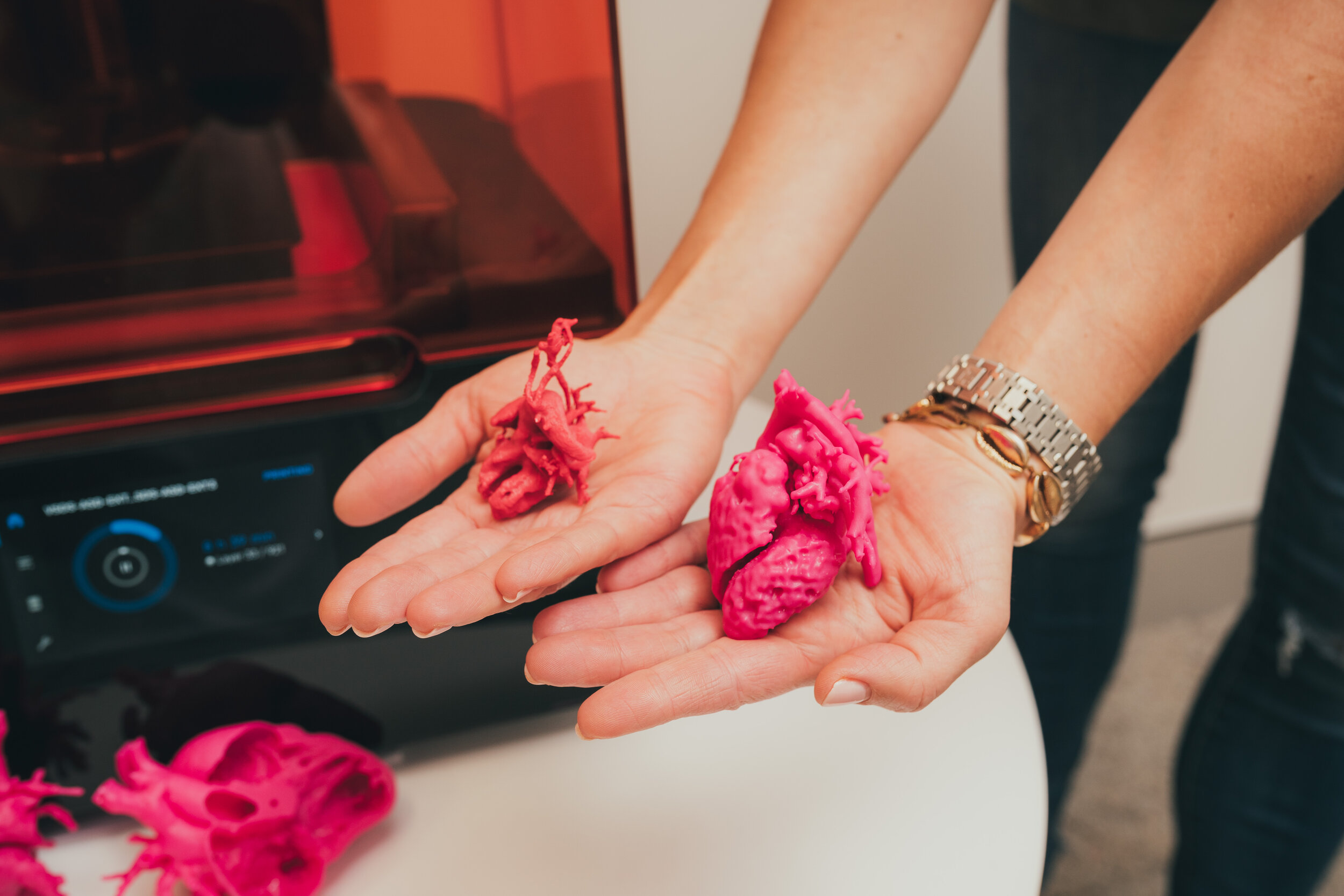3D Heart Printer
ToyBox Australia are proud to be able to fund a Western Australia first that will enable the Cardiology department at PCH to stay at the forefront of medical advances in the field, enhance clinical practice, and achieve better clinical outcomes for cardiac patients with congenital heart disease.
Congenital heart disease (CHD) is the most common birth defect, affecting 8 –10 new-borns per 1,000 live births in Australia. Up to 330 new diagnosis of CHD per year are predicted in Western Australia, requiring an estimated 200 primary interventions per year. Without timely diagnosis and treatment, many of these babies do not survive or are left with significant and permanent morbidity.
Transthoracic echocardiography (TTE) is used to appropriately diagnose and evaluate CHD; however, in some cases of CHD that have complex anatomy, it is difficult to appreciate patient’s anatomy with TTE alone. This leads to patients often being referred for cross-sectional imaging with computed imagery devices which while helpful, require the 2D images to be interpreted and translated into 3D anatomical structure. Without access to 3D printing, clinicians cannot develop an exact 3D replica of the patient’s cardiac anatomy.
With access to this advanced technology the PCH cardiology team will be able to create an exact 3D replica of the patient’s cardiac anatomy.
Use of 3D replica models of patient’s anatomy hold significant advantages as they ensure the Cardiologist and Surgeon have the most accurate information available to formulate management decisions for the paediatric patient. This leads to higher standards of care through enabling simulation training for surgical and interventional procedures and improved pre-operative or pre-procedural planning.
This highly innovative technology also promotes family-centred care through the provision of improved counselling for families. With exact 3D models of the patient’s unique heart, clinicians can provide clear explanations of the child’s condition in comparison to the current method of using 2D diagrams.
The 3D printed cardiac models will also enable surgical training for cardiothoracic surgical fellows, speeding up their training process by allowing them more readily available training opportunities.
3D printing of cardiac models will positively impact patient and family care, clinical practice, and training for medical professionals.





